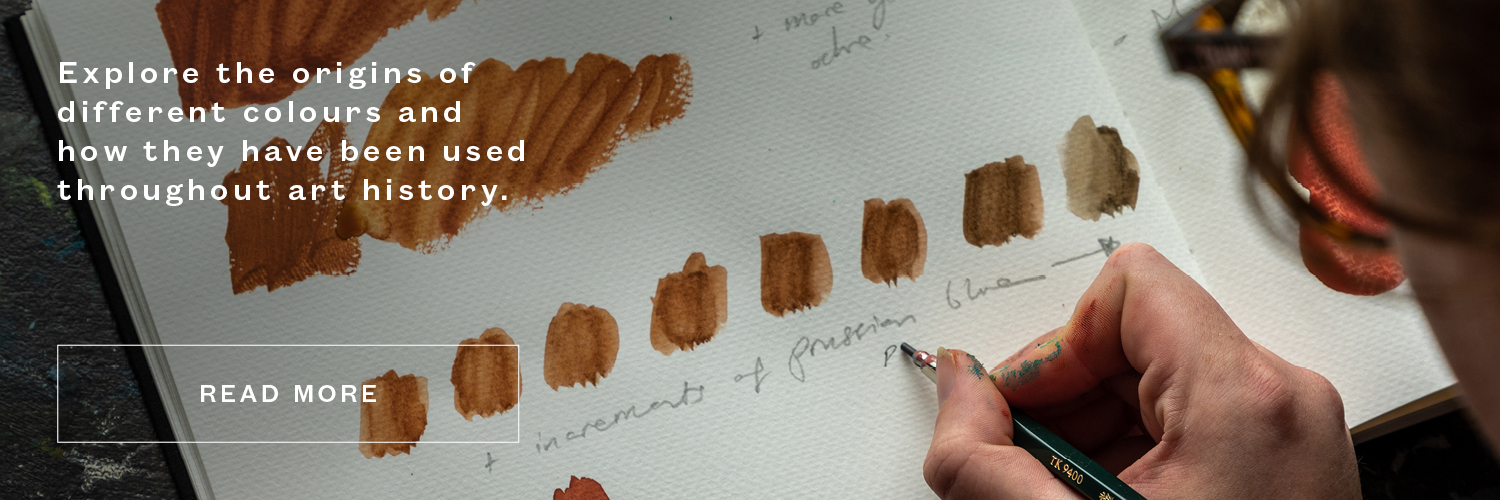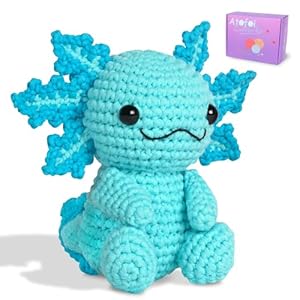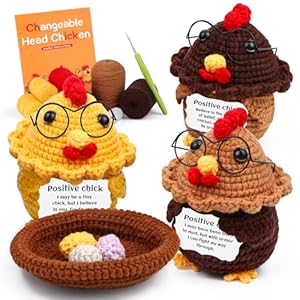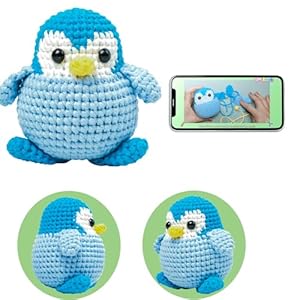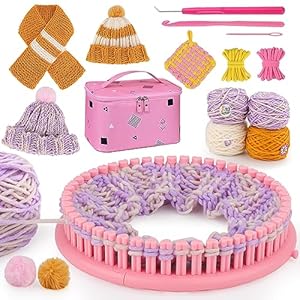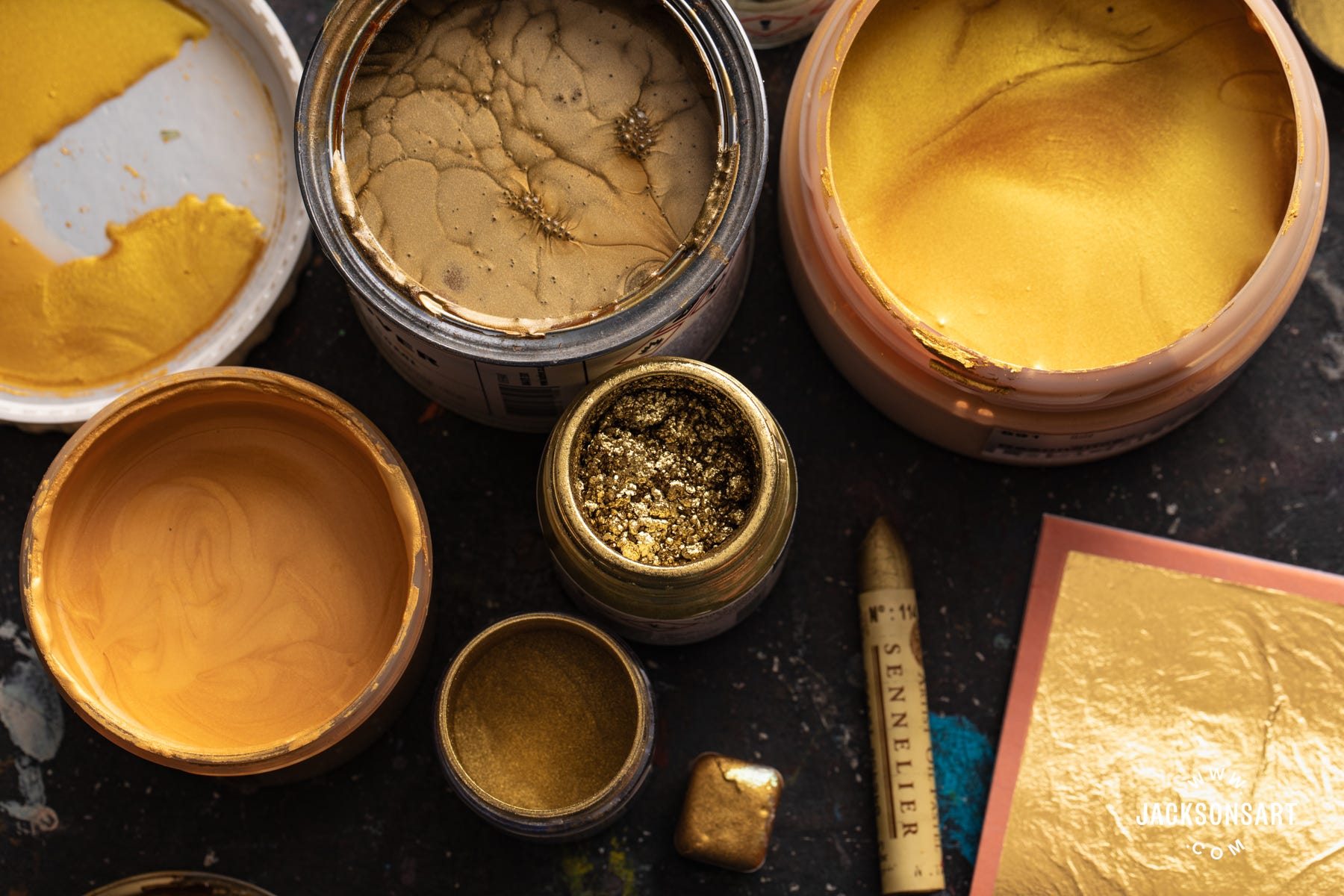
Gold is an elemental metal which, along with copper and iron, was among the first metals used by human beings. For millennia, its lustre has made it a desirable and valuable material, and the oldest surviving gold artefacts date from the fifth millennium BC. This article explores some of the ways that gold has been used in two-dimensional art, from medieval panel painting to Gustav Klimt.

The Radiant History of Gold in Art
Gilding
One of the primary techniques of applying gold is gilding. Its softness means that it can be beaten into incredibly thin sheets, about five-millionths of an inch thick, which are adhered to a surface using gold size, a type of oil or water-based glue. It can then be burnished to a high, reflective shine. The first to master the art of gilding were the Ancient Egyptians, who used gold leaf to decorate jewellery, amulets, and ritual objects.
The use of gold in European painting owes much to Byzantine artists working from around the 5th century onwards. A tradition emerged in religious painting that depicted figures or scenes with entirely gilded backgrounds. The practice was not purely decorative; gold held deep spiritual significance as a representation of divine light. In fact, light was an important part of how these images would have been seen. Often they would have been viewed by candlelight, and you can imagine the animating effect that flickering candles would have had on the gilt surface of the painting, bringing the figures to life.

Enthroned Madonna and Child, c. 1250 – 1275
Byzantine 13th Century
Tempera on poplar panel, 124.8 x 70.8 cm | 49.01 x 27.8 in
National Gallery of Art
Byzantine gold-ground paintings had an enormous influence on early Renaissance artists, who made extensive use of gilding in their altarpieces to emphasise the divinity of the subjects. They also used the Byzantine technique of applying a layer of bole, a layer of red iron-oxide clay mixed with animal hide glue, beneath the gold leaf. Gold leaf is semi-transparent, and the warmth of the bole enhances the depth of colour of the gold. In the below panels by Donato de’ Bardi the gold has been partially worn away, revealing the red bole underneath. You can also see the edges of the individual sheets of gold leaf where they have overlapped.

Madonna and Child with Saints Philip and Agnes, c. 1425 – 30
Donato de’ Bardi
Tempera on wood, gold ground, 59.7 x 33.3 cm | 23.5 x 13.01 in
Metropolitan Museum of Art
Physical weathering inevitably occurs over the centuries. However, in its pure state Gold is an incredibly stable material. Unlike silver or copper, gold is unaffected by sulphur or oxygen in the air, so it is resistant to corrosion and tarnishing. It is one of the reasons why it has been so highly valued by many cultures across history.
Shell Gold
Another technique for applying gold in two-dimensional works of art is shell gold. This is made by grinding leftover fragments of gold leaf into a powder, and then combining it with a water-based binder like gum arabic. It can then effectively be used as a paint which, just like gold leaf, can be burnished to a high shine. The name comes from the medieval tradition of keeping it in seashells, almost like a precursor to a watercolour pan!
Shell gold is not widely commercially available today, except from suppliers of restoration materials, but it has been historically important in the creation of illuminated manuscripts. Some beautiful examples of shell gold used for fine, golden details can be found in Turkish, Iranian, and Indian manuscripts.

Two Nightingales in a Rose Bush, c. 1725 – 45
Double-Sided Illustrated Leaf from an Ottoman Album
‘Abdullah Bukhari
Opaque watercolour with black ink, shell, and gold leaf on paper, with a marbled paper margin
19.1 x 11 cm | 7.5 x 4.3 in
Metropolitan Museum of Art
The Decline of Gold in European Art
The use of gold in European painting largely fell out of fashion during the early modern period. This can partly be attributed to the widespread adoption of oil paint, as well as the emerging popularity of landscape and still life painting. Artists and patrons began to value the highly lifelike effects that oil paint could produce over the decorative value of gold. Over time, gold became increasingly associated with craft, not fine art. Perhaps the most famous artist to use gold in the last 200 years is Gustav Klimt (1862-1918), who embraced decorative elements in his work and was likely inspired by Byzantine images when he produced paintings like The Kiss and Portrait of Adele Bloch-Bauer I.
However, one easily overlooked area in which gold still plays a significant role is in framing. Gilt frames have been used since the Renaissance, but they reached a height of extravagance in early 18th-century France. Intricate mouldings with swirling vegetal designs were carved or produced from moulds and gilded; sometimes the gold frames were bigger than the picture it held.

Ogee frame French, c. 1720 – 30
Metropolitan Museum of Art
Until very recently gold was the traditional choice for framing. It draws attention to a painting, and elevates it as a luxury object. Even as late as the 1930s, the Art Institute of Chicago refused to hang artworks in anything other than gold frames. Tastes have changed today, and most artists choose to hang their work with unobtrusive white, black, or natural wood frames. However, many of the paintings in our museums and galleries are still mounted in ornate gilt mouldings, so the association between gold and art is still very present.

Modern Gold Artist Paints
Materials like gold leaf and shell gold are still used today by artists working in many different mediums. However, when you find readymade metallic gold paints in artist paint ranges today, they do not contain real gold. They are usually made with mica, a type of silicate mineral that provides a metallic shine, combined with coloured pigments to replicate the hue of the metal. Often, paint ranges will also provide metallic ‘copper’ and ‘silver’ paints made with mica. These provide easy to use and versatile alternatives to the genuine metals.

When you use gold in your work, whether gilding, shell gold, or a modern mica-containing alternative, you connect with a long and rich history of gold in art. The visual impact of its golden lustre is intertwined with its cultural significance as a symbol of wealth, opulence, and spiritual power.
Further Reading
Gold Gilding Process with Tuesday Riddell
Fine Art Restoration with James Bloomfield
The Relationship Between the Artist and Their Materials
The Art of Silverpoint Drawing: History, Materials, and Techniques
Trending Products

